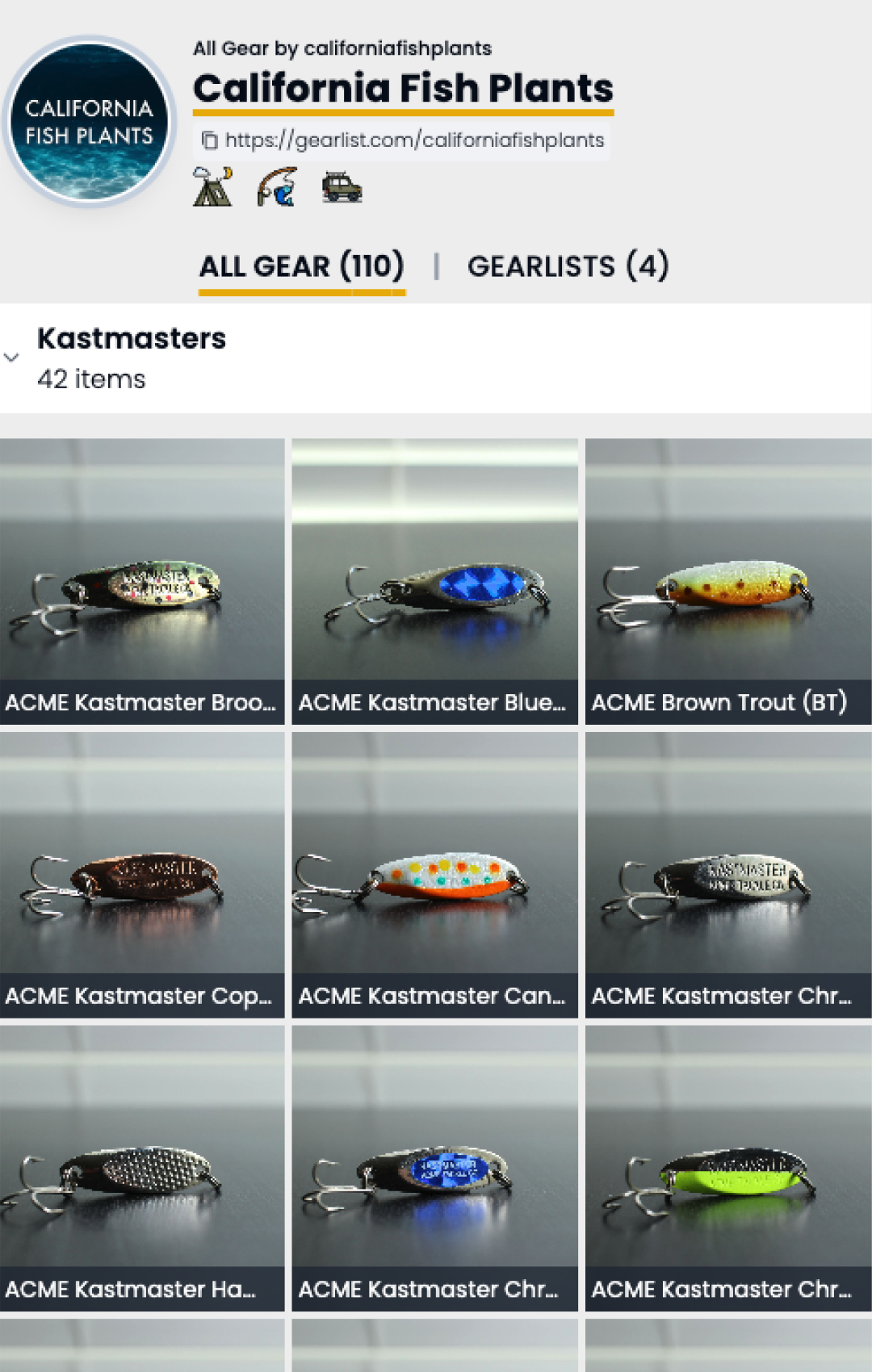Nestled in the serene East Bay hills, Lafayette Reservoir stands as a haven for anglers seeking a peaceful yet rewarding fishing experience. This comprehensive guide unveils the diverse aquatic tapestry that this 126-acre reservoir offers, from aggressive rainbow trout to elusive largemouth bass. Explore the types of fish awaiting your line, absorb historical insights, and equip yourself with the top tips and strategies for a successful angling escapade.
📈 Latest Fish Plants
Fish here often?
How To Read Fish Plant Graphs
To interpret fish plant graphs effectively, consider the following key elements:
- Blue Vertical Bars and Numbers:
- Representation: The blue vertical bars on the graph represent individual fish plants.
- Weight Measurement: The associated numbers indicate the total weight of the plants in pounds (lbs.) that occurred during a specific week.
- Significance: Monitoring these bars helps identify weeks with higher planting activity, aiding anglers in selecting optimal times for fishing near recent plantings.
- Orange Trend Line:
- Purpose: The orange trend line represents the moving average of all fish plant activities at the specified location.
- Indicator of Activity: A rising trend line suggests a consistent increase in planting activity over the designated period. This indicates the potential for more catch opportunities and signifies a growing fish population over the weeks.
- Interpreting the Moving Average:
- Upward Trend: A rising moving average implies an upward trajectory in planting activity, indicating an increasing number of fish being introduced into the area. This suggests a positive outlook for anglers, as it implies a larger and potentially more accessible fish population.
- Downward Trend (Not Specified): The description does not provide information on the interpretation of a decreasing trend in the moving average. It might be beneficial to include information on what a decreasing trend could signify in terms of fishing prospects.
- No Data Present:
- Possible Explanations: If no data is visible on the graph, it may indicate that the location had no fish plants in the last three months. Alternatively, the absence of data could be due to non-disclosure of fish plants for that location.
- Natural Population: Some fishing areas in California rely on the natural growth of fish populations, and graphs may not show plants if this is the case.
- Graph Disclaimer:
- Data Source: The graphs reflect a combination of publicly disclosed data and estimates. Some locations may disclose fish plants without specifying exact amounts.
- Not Universal: Not all fishing areas have fish plants, and the natural growth of fish populations plays a significant role in many California fishing locations.
Understanding these elements will empower anglers to make informed decisions about when and where to fish based on historical fish plant data.
Note: If no data is present in the graph above, this location may not have had any plants the last 3 months, or may not have publicly disclosed plants. Graphs reflect both publicly disclosed data and estimates, as some locations disclose plants, but not exact amount.
🗺️ Map & Fishing Location
Fish Species at Lafayette Reservoir: Unveiling the Aquatic Bounty
- Rainbow Trout: Undoubtedly the stars of Lafayette Reservoir, rainbow trout exhibit an aggressive fighting spirit. Trolling lures or baitcasting PowerBait near the dam or off the points during EBMUD’s stocking months (October through April) proves most effective.
- Largemouth Bass: Lurking in the weeds and tules, largemouth bass offer year-round excitement. Finesse jigs, spinnerbaits, or crankbaits are successful, with heightened activity during warmer months.
- Channel Catfish: Bottom feeders with a good fight, channel catfish near the dam or in deeper waters eagerly bite on cut bait or nightcrawlers.
- Sunfish: Abundant in the reservoir, bluegill and redear sunfish are perfect for light tackle enthusiasts. Simple baits like crickets, worms, or small jigs work wonders around docks or shallow areas.
Local Insights: Mastering the Art of Lafayette Reservoir Fishing
- Prime Fishing Times: Early mornings and evenings are optimal, especially for bass and trout.
- Strategic Spots: Target the shoreline near the dam and coves, and consider venturing out in a boat for enhanced access.
- Trout Tactics: For trout, troll along drop-offs or cast lures near inlets where fish are stocked.
- Bass Habits: Largemouth bass love hiding in tules; try flipping jigs or wacky worms into the thick vegetation.
- Catfish Night Moves: Catfish are most active at night; use cut bait or nightcrawlers near the bottom.
Unique Aspects of Lafayette Reservoir: A Guide for Anglers
- Recreation Hub: As a popular recreation area, be prepared to share space with boaters, swimmers, and hikers.
- Water Level Awareness: Watch for fluctuating water levels, influenced by rainfall.
- Algae Bloom Caution: Check for algae blooms before heading out, as they can be harmful to fish and humans.
- Wildlife Respect: Respect the local wildlife, and ensure you leave no trace behind.
Specific Fishing Locations: Maximizing Your Opportunities
- Dam: A popular spot for trout and bass fishing, especially during mornings and evenings.
- Coves: Wind-protected areas holding good populations of sunfish and bass.
- Points: Ideal locations for finding catfish and larger trout due to their drop-offs into deeper water.
- Upper Rim Trail: Access less-developed shoreline areas for fly fishing or escaping the crowds.
Additional Tips: Ensuring a Successful Lafayette Reservoir Fishing Experience
- Permit Requirements: Purchase an EBMUD Fishing Access Permit in addition to your California State Fishing License.
- Boat Access: Enhance your experience by renting a boat or kayak for access to the entire reservoir.
- Essentials: Pack sufficient water, sunscreen, and snacks.
- Weather Preparedness: Be ready for changing weather conditions, particularly in the spring and fall.
With its diverse fishery, breathtaking scenery, and accessibility, Lafayette Reservoir promises a fantastic angling adventure. Patience, experimentation with different techniques, and an unwavering commitment to enjoyment will be your keys to success on these tranquil waters.



